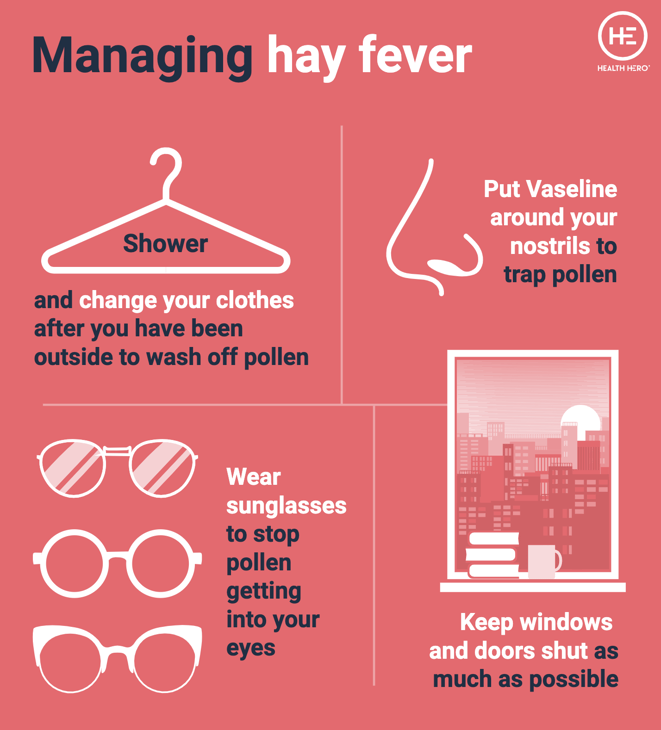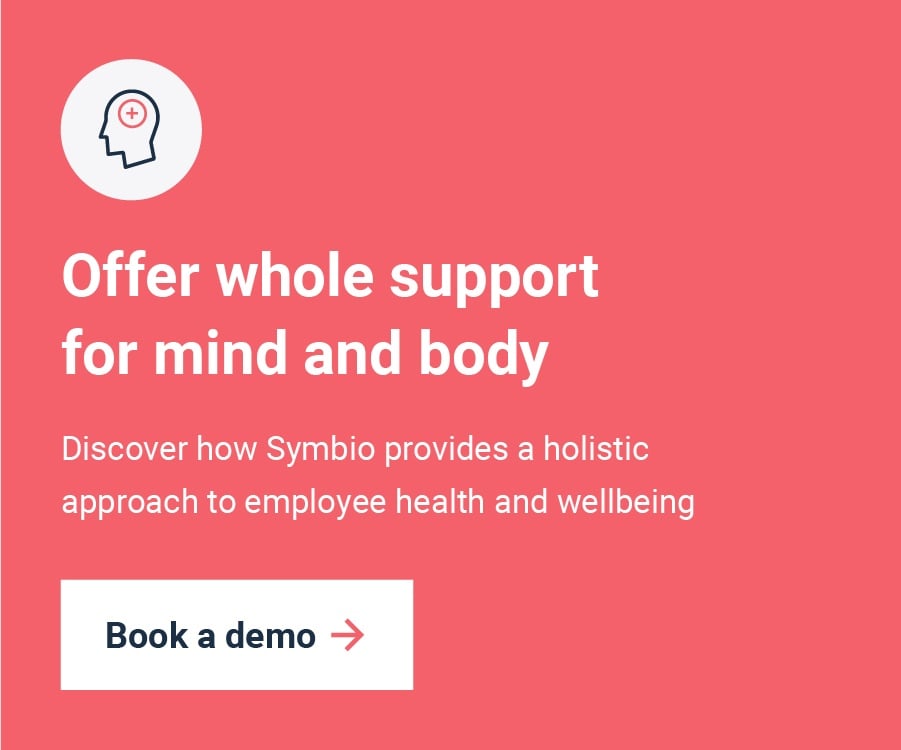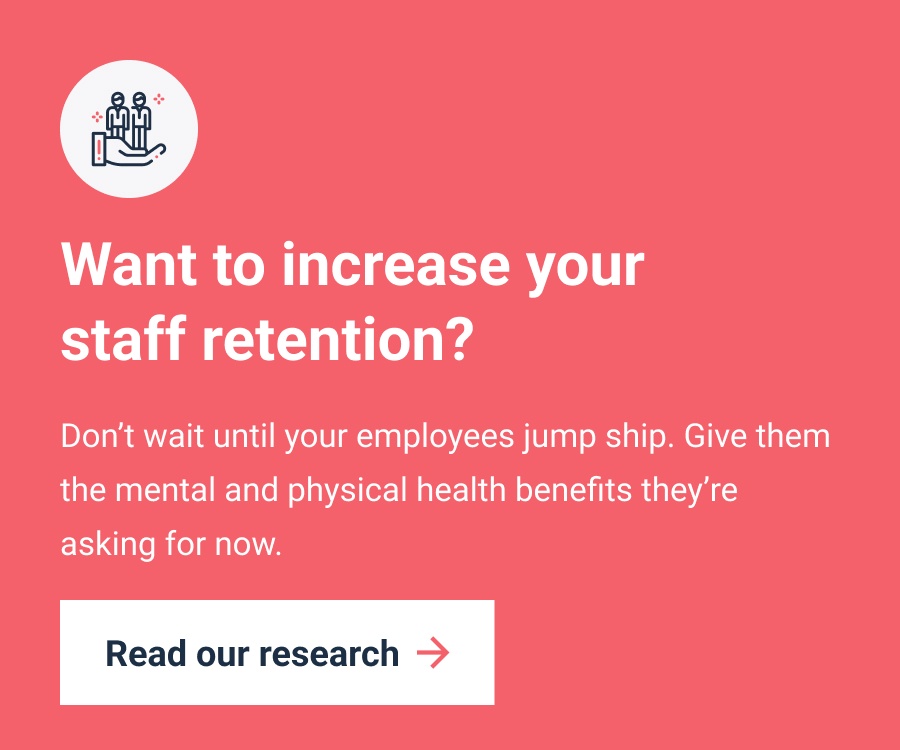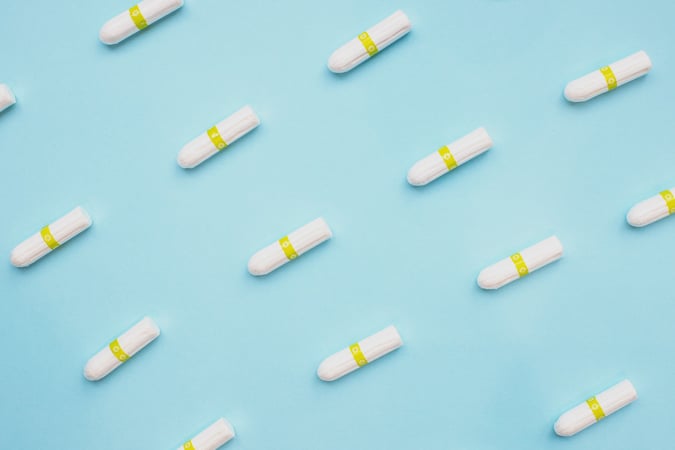Hayfever or COVID? It can be hard to tell the difference when spring rolls around and our throats start getting scratchy and we start sneezing. Spring usually brings warmer, longer days and a green landscape. However, for many people, spring is also associated with significant discomfort.
The UK has some of the highest rates of allergic conditions in the world, with over 20% of the population being affected by one or more allergic disorders, according to Allergy UK Org. Allergic rhinitis, also known as hay fever, is one of the most common forms, affecting between 10-30% of all adults and 40% of children.
NHS England states, hayfever sufferers will start to experience symptoms from March to September. The pollen count is at its highest when the weather is both humid and windy – this kind of forecast stimulates the most allergic reactions.
Dr Nighat Khan, GP at HealthHero, explains the main differences between hay fever and COVID-19 symptoms:
Hayfever vs COVID-19 symptoms
Amidst the current pandemic, some people may mistake allergy symptoms for those of COVID-19. Hayfever symptoms typically include:
- sneezing attacks;
- a runny or blocked nose;
- itchy, red or watery eyes;
- itchy throat;
- a reduced sense of smell or taste;
- headaches and facial pain;
- earache and reduced hearing as well as fatigue.
- Those who have Asthma, may also have a tight chest, be short of breath, experience wheezing or a mild cough. Hayfever symptoms can last for weeks or even months, unlike a cold, which usually resolves after 1 to 2 weeks.
The Royal College of GPs advises that sufferers of seasonal allergies such as hayfever should consider whether their symptoms are different to normal before seeking advice.
On the other hand, primary symptoms of COVID-19 include:
- a high temperature – this means you feel hot to the touch on your chest or back;
- a new continuous cough – frequent bouts of coughing for more than an hour, or 3 or more coughing episodes in 24 hours as well as shortness of breath.
People are also reporting other symptoms such as sore throat, loss of taste and smell, stomach discomfort and diarrhoea.
How to ease your hayfever symptoms and minimize the spread of coronavirus?
Currently, there is no cure or effective prevention for hayfever, but you can ease your symptoms by being proactive and reducing exposure to environmental triggers.
Allergy UK Org recommends that hayfever sufferers do what they can to minimise symptoms, therefore reducing the need to touch one’s face or sneeze, which will help stop the spread of other viruses too.
Follow the tips below from the NHS to ease hayfever symptoms while following the government’s advice on how to reduce the chances of getting Coronavirus.
How to reduce hayfever symptoms:
1. Put Vaseline around your nostrils to trap pollen and wear wraparound sunglasses to stop pollen from getting into your eyes.
2. Shower and change your clothes after you have been outside to wash off pollen.
3. Stay indoors (at home) whenever possible.
4. Keep windows and doors shut as much as possible.
5. Vacuum regularly and dust with a damp cloth.

Top tips for managing hayfever
How to reduce the chances of getting COVID-19:
1. Try to avoid touching your eyes, nose, or mouth.
2. Wear a face mask if you are in an enclosed space where it is hard to keep two metres away from others.
3. Wash your hands for at least 20 seconds when you get home, before eating and handling food, after sneezing and blowing your nose.
4. Stay home, especially if you are not feeling well.
5. Make sure you catch coughs or sneezes with a tissue and put used tissues in the bin.
Want to talk your symptoms through with a GP? Get in touch with a HealthHero GP 24/7 . Speak to us about implementing HealthHero in your business.




-1.png?width=800&height=450&name=AdobeStock_125115347sml-600x350%20(1)-1.png)

